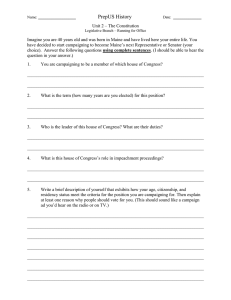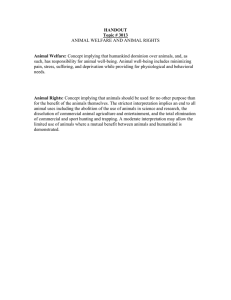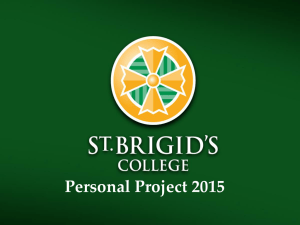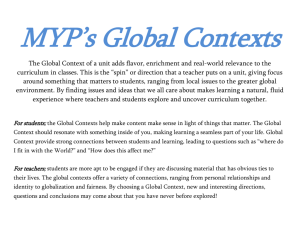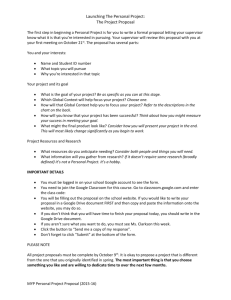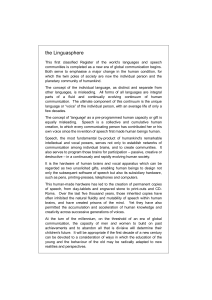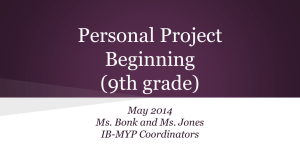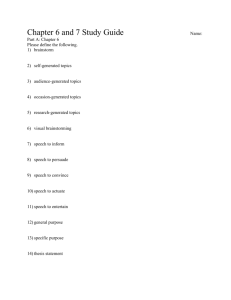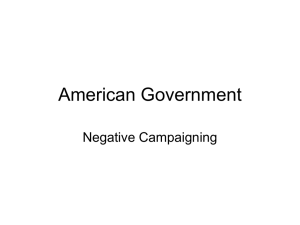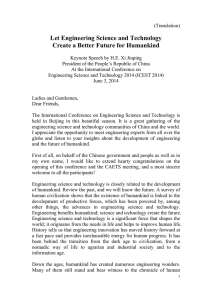Action Plan Information
advertisement
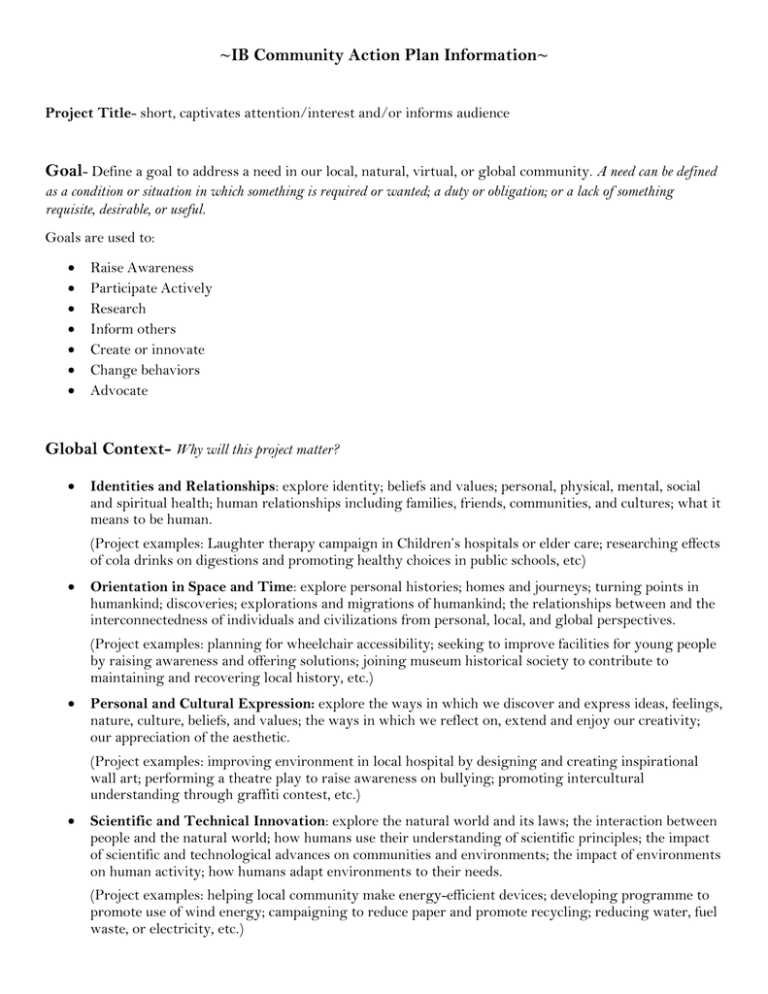
~IB Community Action Plan Information~ Project Title- short, captivates attention/interest and/or informs audience Goal- Define a goal to address a need in our local, natural, virtual, or global community. A need can be defined as a condition or situation in which something is required or wanted; a duty or obligation; or a lack of something requisite, desirable, or useful. Goals are used to: Raise Awareness Participate Actively Research Inform others Create or innovate Change behaviors Advocate Global Context- Why will this project matter? Identities and Relationships: explore identity; beliefs and values; personal, physical, mental, social and spiritual health; human relationships including families, friends, communities, and cultures; what it means to be human. (Project examples: Laughter therapy campaign in Children’s hospitals or elder care; researching effects of cola drinks on digestions and promoting healthy choices in public schools, etc) Orientation in Space and Time: explore personal histories; homes and journeys; turning points in humankind; discoveries; explorations and migrations of humankind; the relationships between and the interconnectedness of individuals and civilizations from personal, local, and global perspectives. (Project examples: planning for wheelchair accessibility; seeking to improve facilities for young people by raising awareness and offering solutions; joining museum historical society to contribute to maintaining and recovering local history, etc.) Personal and Cultural Expression: explore the ways in which we discover and express ideas, feelings, nature, culture, beliefs, and values; the ways in which we reflect on, extend and enjoy our creativity; our appreciation of the aesthetic. (Project examples: improving environment in local hospital by designing and creating inspirational wall art; performing a theatre play to raise awareness on bullying; promoting intercultural understanding through graffiti contest, etc.) Scientific and Technical Innovation: explore the natural world and its laws; the interaction between people and the natural world; how humans use their understanding of scientific principles; the impact of scientific and technological advances on communities and environments; the impact of environments on human activity; how humans adapt environments to their needs. (Project examples: helping local community make energy-efficient devices; developing programme to promote use of wind energy; campaigning to reduce paper and promote recycling; reducing water, fuel waste, or electricity, etc.) Globalization and Sustainability: explore the interconnectedness of human-made systems and communities; the relationship between local and global processes; how local experiences mediate the global; the opportunities and tensions provided by world-interconnectedness; the impact of decisionmaking on humankind and the environment. (Project examples: campaigning to raise awareness and reduce plastic straw waste use; passing a plan to local authorities for tree planting in an area in need of re-greening; creating a school or community garden, etc.) Fairness and Development: explore rights and responsibilities; the relationship between communities; sharing finite resources with other people and with other living things; access to equal opportunities; peace and conflict resolution. (Project examples: Contributing to educational opportunities, for example, supporting a local nongovernmental organization that works on literacy in our town; campaigning for fair trade awareness; addressing the concerns of immigrants and migrant populations, etc.) Proposal for Action- Now what? Students can use checklists, rubrics, timelines, flow charts, or other strategies to prepare their proposal. Demonstrate service as action as a result of the research Demonstrate thinking skills Demonstrate communication and social skills
